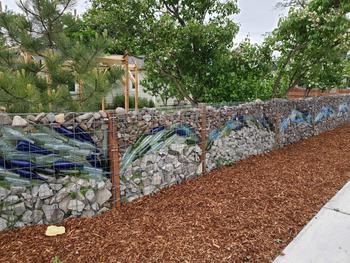
 1
1





 7
7




Michelle said taking up valuable space where I would like to put a shed / sauna eventually.




Invasive plants are Earth's way of insisting we notice her medicines. Stephen Herrod Buhner
Everyone learns what works by learning what doesn't work. Stephen Herrod Buhner
 1
1




 3
3




Visit Redhawk's soil series: https://permies.com/wiki/redhawk-soil
How permies.com works: https://permies.com/wiki/34193/permies-works-links-threads
 2
2





 4
4




 2
2




My tree nursery: https://mountaintimefarm.com/
 7
7




 3
3




"The rule of no realm is mine. But all worthy things that are in peril as the world now stands, these are my care. And for my part, I shall not wholly fail in my task if anything that passes through this night can still grow fairer or bear fruit and flower again in days to come. For I too am a steward. Did you not know?" Gandolf
 6
6




I am only one, but still I am one. I cannot do everything, but still I can do something; and because I cannot do everything, I will not refuse to do something that I can do. (E.E.Hale)
 2
2




 1
1





 5
5






QuickBooks set up and Bookkeeping for Small Businesses and Farms - jocelyncampbell.com
 1
1




 1
1




 1
1




Michelle Czolba wrote: The area right behind the rubble pile is in need of a retaining wall though.
Aim High. Fail Small.
Repeat.

|
Eat that pie! EAT IT! Now read this tiny ad. READ IT!
A book about luxuriant recipes for green living
https://greenlivingbook.com/
|








